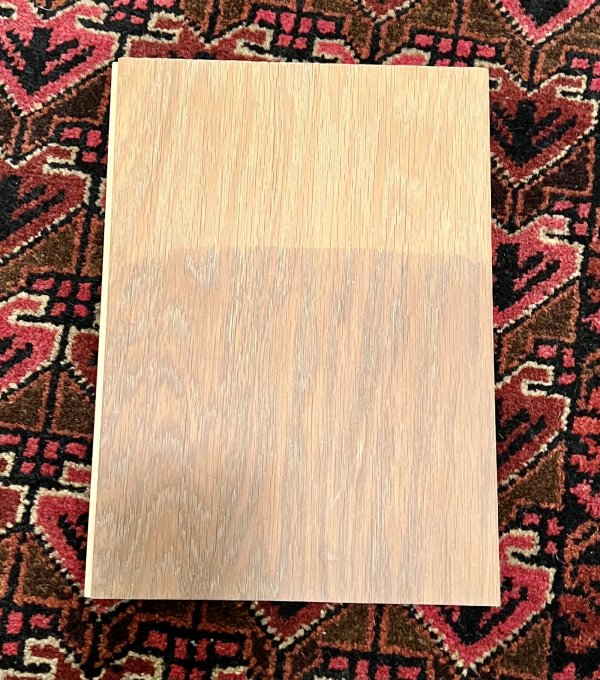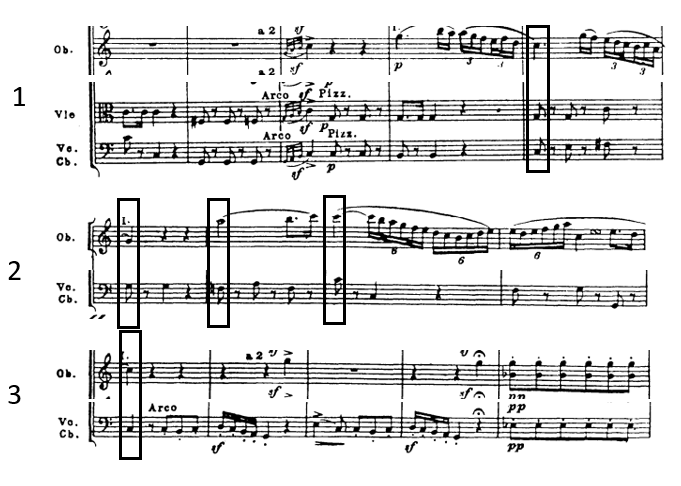It's not just the relation of the speaker to the ear, it's the speaker's coupling to the room.
I’m not sure what it means for a speaker to couple to a room. My understanding of speaker room interaction is that a room has three frequency zones. The bass zone, the Schroeder cross over zone and the the midrange and high frequency zone.
In the bass zone the sound pressurizes the room and you get specific room modes which are frequencies at which you get standing waves.
The midrange and high frequency zone are the frequencies at which sound waves behave as vectors and have clear directionality and clear vectors for reflections.
The Schroeder cross over zone are the frequencies where you get a mix of the other two zones. The room modes are a function of the room. Their placement and frequencies exist independent of the characteristics of the speakers.
Much can be done to mitigate the ill effects through speaker and listener positioning. But due to the wavelength sizes a 1/16th of an inch one way or the other doesn’t have a big effect on the interaction between the speakers and the room modes. It has even less effect on the pressurization of the room in the bass region.
The interaction between the room and the speakers in the midrange and upper frequency region is a function of speaker radiation patterns, reflectivity of the room boundaries and speaker/listener positioning. The math is much simpler here and affects much more predictable. The degree to which a speaker and listening position are sensitive to small changes is largely a function of the radiation patterns of the speaker.
Being that the waves behave as vectors the sensitivity to small adjustments, whatever they may be for a specific speaker, exists at both ends of the vectors.
Im no expert on room acoustics. But I have done a lot of research on the subject. It’s a complicated and multifaceted subject. Can you maybe go into more details about coupling speakers to the room?









